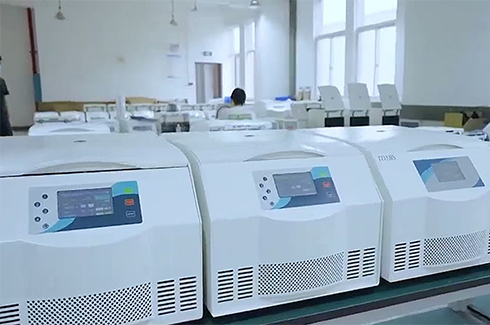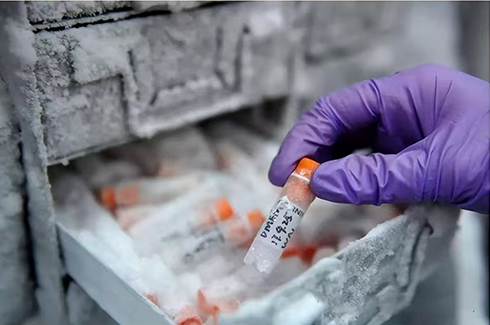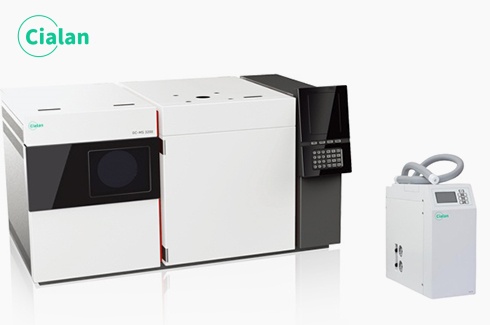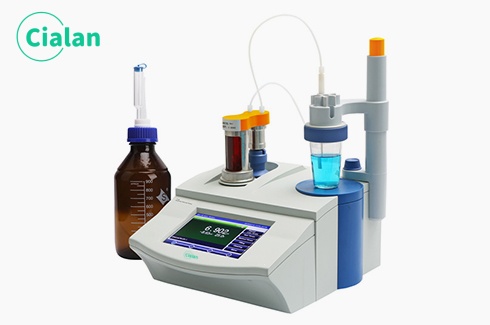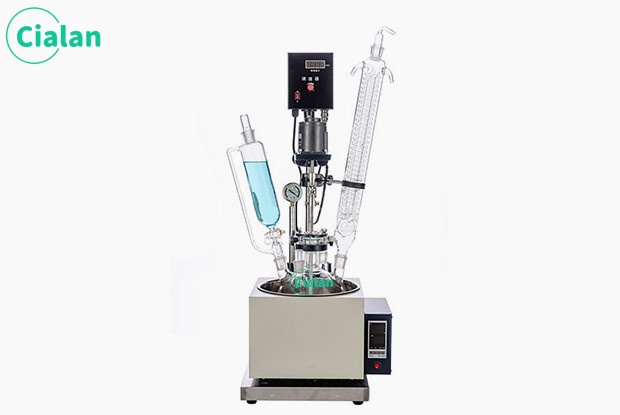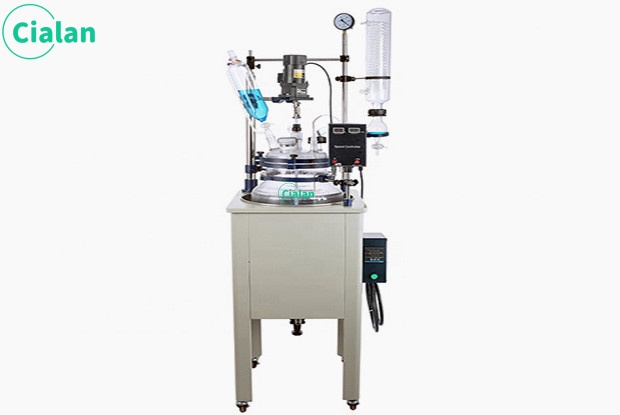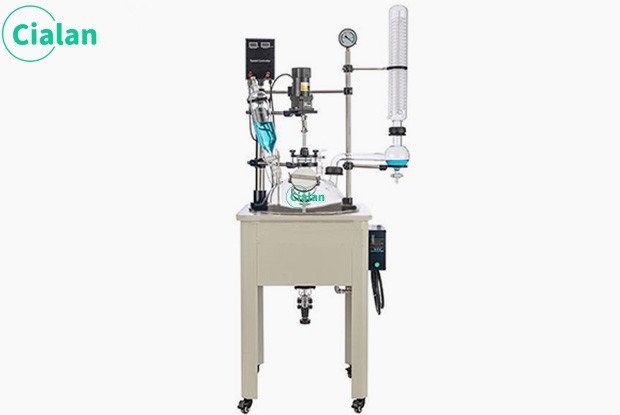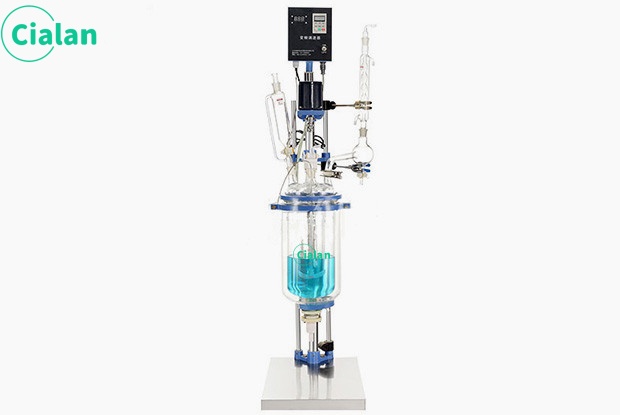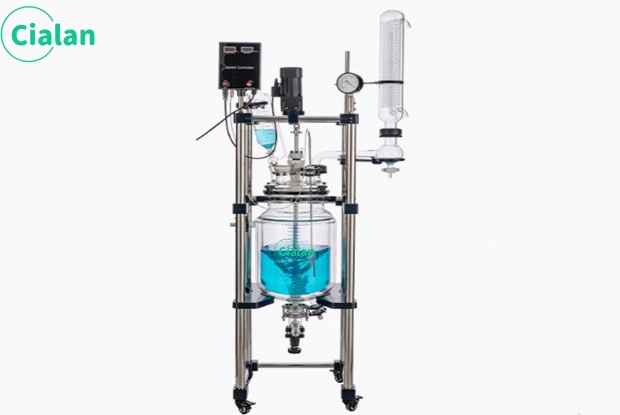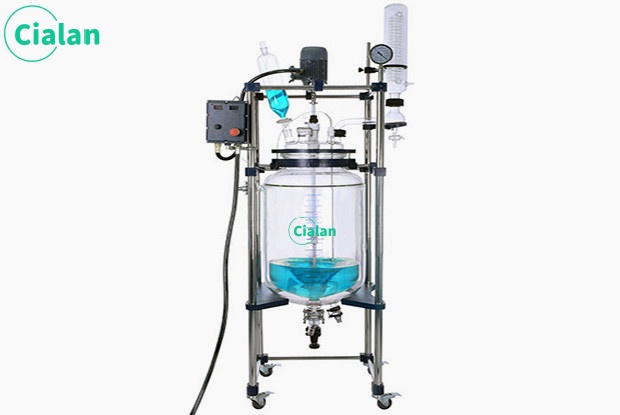How to solve the problem for slow heating rate of a double-layer glass reactor?
Double-layer glass reactor's features.
It is a single-type reactor that integrates multiple functions. After years of experiments and improvements, the reactor is made of a single multi-functional glass reactor, which makes it easier to control high and low temperatures and can quickly heat up. Meets laboratory cooling needs, chemical and pharmaceutical needs, and more.
The structure.
The kettle body of the double-layer glass reactor can be divided into two levels. The middle part of the outer layer and the inner layer is called the interlayer. The inner layer of the double-layer glass reaction kettle can be used to put the reaction solution medium for stirring reactions, and the interlayer can complete high-temperature experiments and low-temperature reactions.
Solution to slow heating rate.
This reaction kettle can complete high-temperature, low-temperature, and vacuum reaction experiments at the same time. The operation is simple and convenient, and the reaction process is clear at a glance, making it easy to control the reaction process. It is ideal equipment for modern chemical samples, the petrochemical industry, medium sample experiments, biopharmaceuticals, and the synthesis of new materials. In response to this problem, the following suggestions are given to customers:
1. Choose special thermal insulation cotton to wrap the double-layer glass reactor to achieve a thermal insulation effect, which can effectively prevent excessive temperature loss and increase the heating rate.
2. Appropriately increase the set temperature of the high-temperature oil bath (high-temperature circulator) so that the reactor can accept a higher temperature and shorten the heating time. When the double-layer glass reactor is close to the operating temperature, lower the temperature of the high-temperature oil bath (high-temperature circulator) to the actual operating temperature.
For example, the actual operating temperature is 100℃, the temperature of the high-temperature oil bath (high-temperature circulator) can be set to 120℃, and when the temperature of the reactor rises to about 90℃, the temperature of the high-temperature oil bath (high-temperature circulator) can be set to 120℃. Set to desired: 100°C. It can effectively increase the heating rate and shorten the waiting time.
3. Do not overcrowd the solution in the double-layer glass reaction kettle at once, as this will affect the heating rate. You can choose to add liquid in batches. Each addition of liquid is about half of the capacity. After the temperature rises to close to the set temperature, after adding materials to the kettle, follow the above method and add liquid in batches, which can also effectively increase the heating rate!
It is a single-type reactor that integrates multiple functions. After years of experiments and improvements, the reactor is made of a single multi-functional glass reactor, which makes it easier to control high and low temperatures and can quickly heat up. Meets laboratory cooling needs, chemical and pharmaceutical needs, and more.
The structure.
The kettle body of the double-layer glass reactor can be divided into two levels. The middle part of the outer layer and the inner layer is called the interlayer. The inner layer of the double-layer glass reaction kettle can be used to put the reaction solution medium for stirring reactions, and the interlayer can complete high-temperature experiments and low-temperature reactions.
Solution to slow heating rate.
This reaction kettle can complete high-temperature, low-temperature, and vacuum reaction experiments at the same time. The operation is simple and convenient, and the reaction process is clear at a glance, making it easy to control the reaction process. It is ideal equipment for modern chemical samples, the petrochemical industry, medium sample experiments, biopharmaceuticals, and the synthesis of new materials. In response to this problem, the following suggestions are given to customers:
1. Choose special thermal insulation cotton to wrap the double-layer glass reactor to achieve a thermal insulation effect, which can effectively prevent excessive temperature loss and increase the heating rate.
2. Appropriately increase the set temperature of the high-temperature oil bath (high-temperature circulator) so that the reactor can accept a higher temperature and shorten the heating time. When the double-layer glass reactor is close to the operating temperature, lower the temperature of the high-temperature oil bath (high-temperature circulator) to the actual operating temperature.
For example, the actual operating temperature is 100℃, the temperature of the high-temperature oil bath (high-temperature circulator) can be set to 120℃, and when the temperature of the reactor rises to about 90℃, the temperature of the high-temperature oil bath (high-temperature circulator) can be set to 120℃. Set to desired: 100°C. It can effectively increase the heating rate and shorten the waiting time.
3. Do not overcrowd the solution in the double-layer glass reaction kettle at once, as this will affect the heating rate. You can choose to add liquid in batches. Each addition of liquid is about half of the capacity. After the temperature rises to close to the set temperature, after adding materials to the kettle, follow the above method and add liquid in batches, which can also effectively increase the heating rate!


